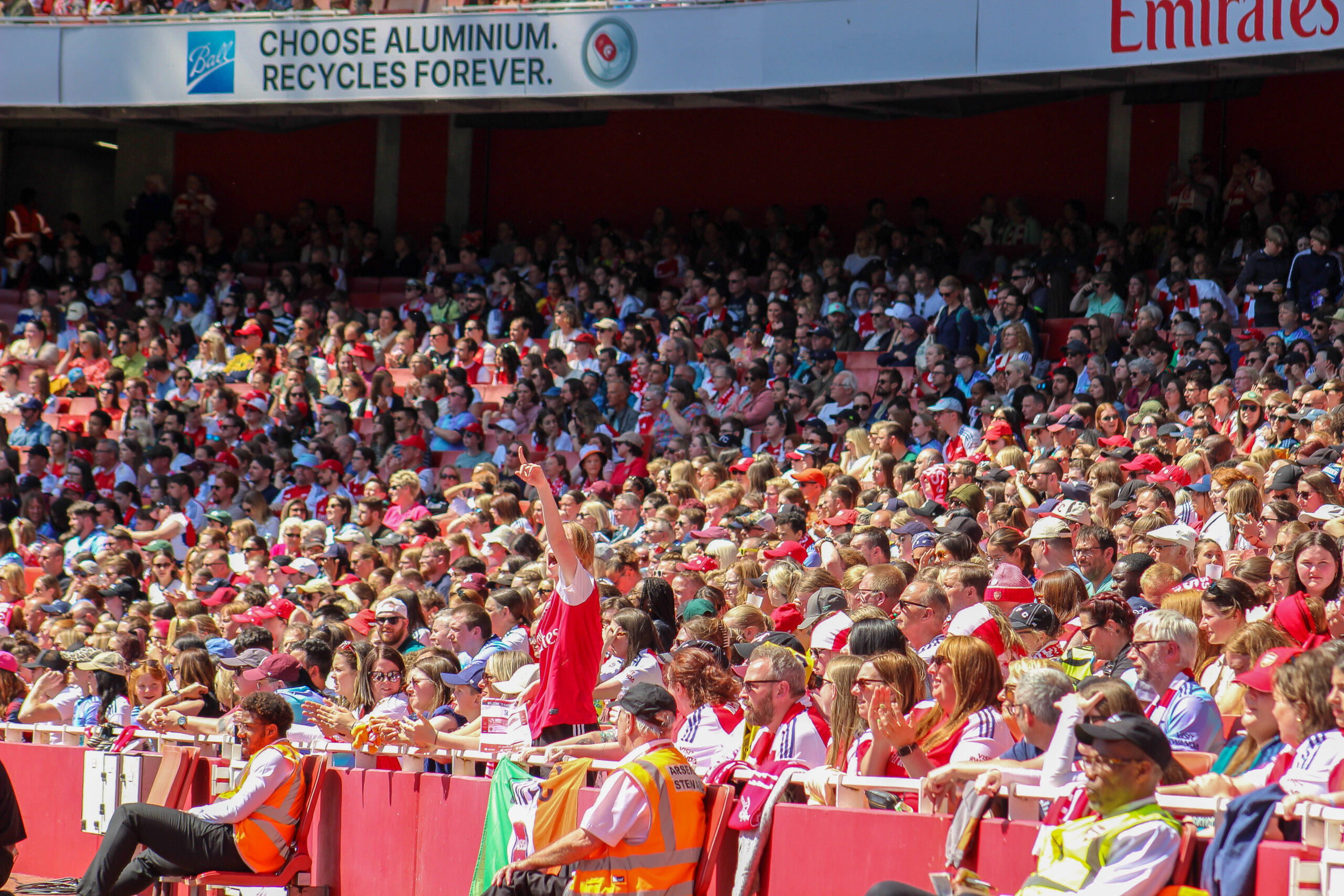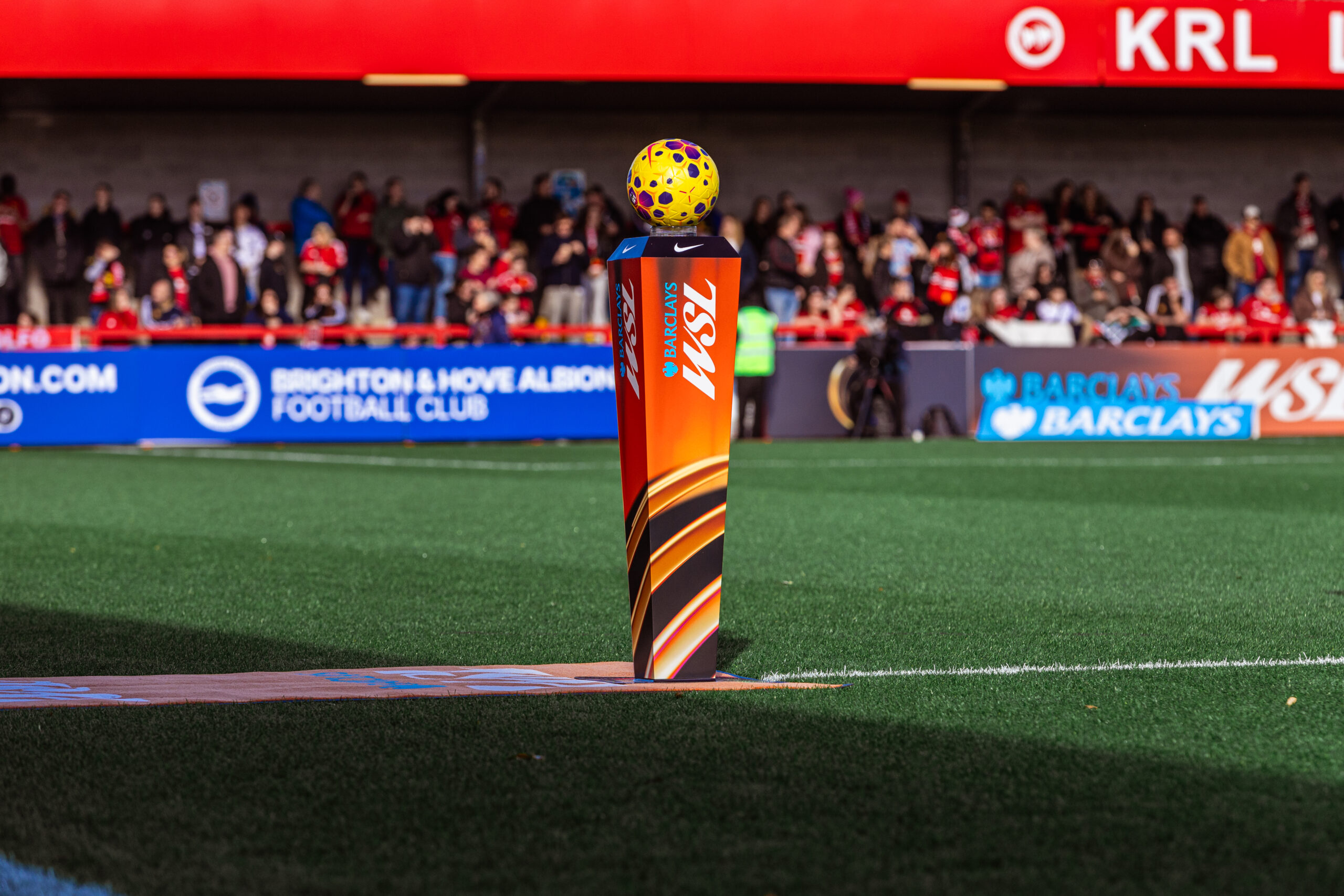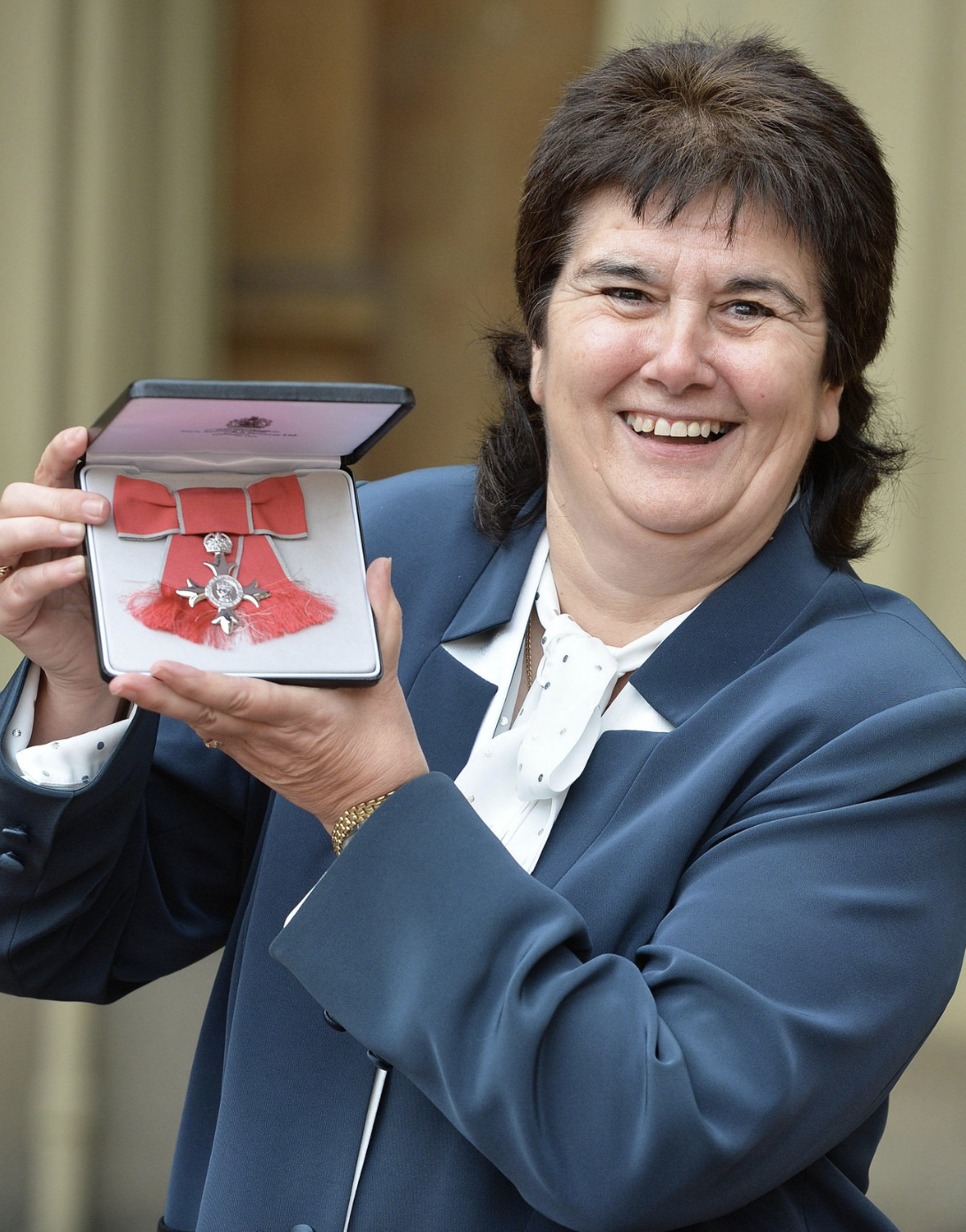With the Euros now concluded and the excitement of the well‑anticipated final still fresh, it is easy to get caught up in the progress that has been made in the women’s game in Europe. However, recent reports of controversial conditions at the Copa América Femenina are a harsh reminder that women’s football still faces significant global inequalities.
CONMEBOL is the primary governing body of football in South America, and has recently come under fire for the controversial conditions faced by national team players at the Copa América Femenina – the South American international tournament equivalent to the Euros.
Images recently circulated of the national women’s teams of Bolivia and Brazil warming up next to each other in a confined indoor space ‘smelling of paint’, having been denied access to the pitch prior to kick-off. This rule was enforced to prevent damage to the pitch at the Gonzalo Pozo Ripalda stadium, which hosted two matches a day during the group stages of the tournament.
Award-winning Brazilian footballer Marta, among other players, publicly voiced concerns, demanding immediate improvements. Marta stated:
“It’s been a long time since I played in a tournament here in South America, and we were saddened by these circumstances.”
She also argued that while athletes are ‘expected to perform well and work hard’, they also deserve to be met with the same level of high-standards from the professional bodies.
This issue highlights a lack of respect and investment that is often given to the women’s game. While players in the men’s version of the Copa América receive top level facilities, the women are dealing with poor organisation and conditions not fit for national teams competing in such a large-scale tournament. Others have even argued that amateur football tournaments are organised better, demanding CONMEBOL address the disparity.
As professional athletes, the expectations of footballers in general are high; both in performance and attitude. Yet more is often expected from the women. To garner recognition and subsequent investment in the game, female footballers are expected to consistently perform and succeed, yet are faced with such blatant differences in support and competition standards.
If the Brazilian men’s team had been captured warming up in tiny indoor rooms side by side with their opponents in an international tournament, it is not hard to imagine the public outcry. Yet in this case, it has taken numerous players voicing their frustration, including Marta, a 15-time FIFA World Player of the Year winner, to push CONMEBOL to take action.
While CONMEBOL has since confirmed players will be allowed 15 minutes to warm up on the pitch, it can be argued the damage has already been done.
The revelation of Copa América Femenina’s internal issues is especially concerning as they emerge in the wake of the 2025 Women’s Euros. With the European tournament showcasing a new era of growth for the women’s game, the contrast between the two competitions becomes even more stark.
Brazil and Manchester City forward Kerolin took to X to address this, stating:
“While at the Euros they are breaking records in technology, we are warming up in a room with a maximum of 20 square metres, smelling of paint.”
Another key difference between the two competitions is the presence of goal line technology in the Euros.
VAR in the Copa América Femenina is still yet to be implemented, meaning controversial and contentious decisions, and inconsistent refereeing are common problems. Combined with the recent reports, these issues are reminiscent of a casual or even amateur competition, not an international tournament of this calibre.
Brazil’s national women’s team coach Arthur Elias stated himself:
“We shouldn’t have to demand that those responsible for football do their job, just as the players do on the pitch and I do as a coach.”
Having to report and protest for change and better standards is not unusual for women’s teams, with players often striking and missing important training sessions to provoke improvements. It is evident not all football federations are quick to deliver equal treatment, recognition, and investment across both their men’s and women’s teams.
As we revel in the outstanding football showcased at this year’s Euros in Switzerland, it’s clear that many participating teams have benefitted from crucial time and investment. While this progress is worth acknowledging and celebrating, we must be careful not to mistake it for the job being finished.
Women’s football is here to stay, and we need to keep talking about it, whether that be game growth and success, or organisational and investment inconsistencies.
The game is growing, but growth must be inclusive. Progress in one region means little if others are neglected. True equality demands global commitment, anything less falls short.



